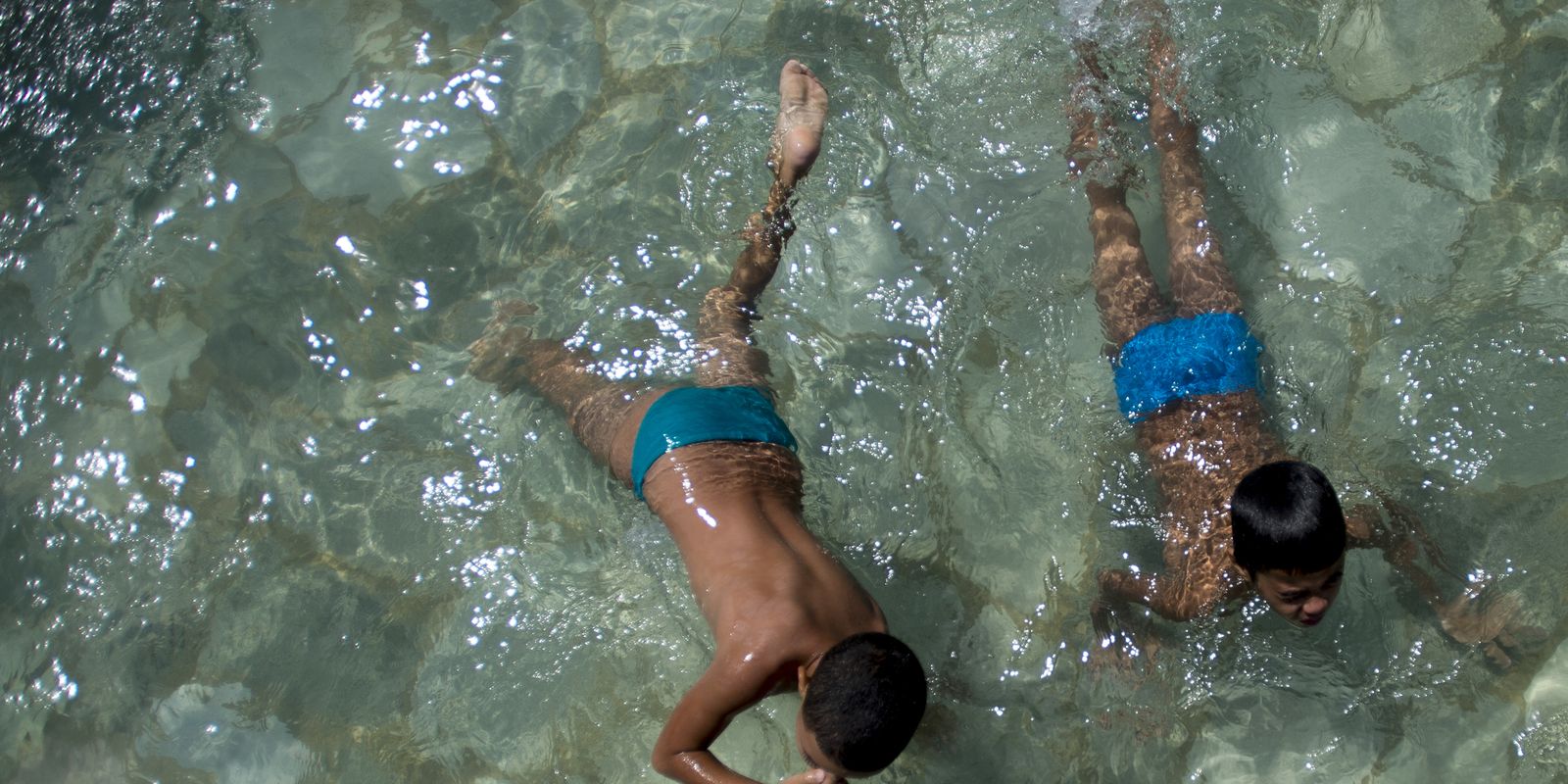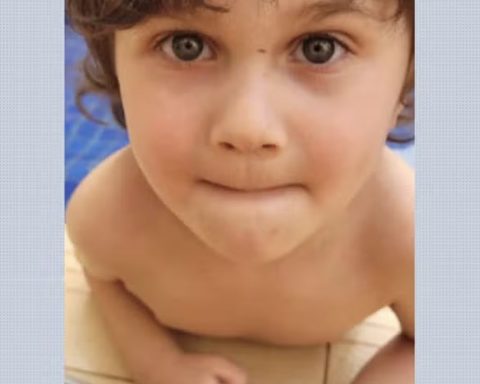“Children do not learn from their mistakes. Children need close adult supervision.” This is what Luci Pfeiffer, president of the Scientific Department for the Prevention and Confrontation of External Causes in Childhood and Adolescence of the Brazilian Society of Pediatrics (SBP), advocates. The warning coincides with World Drowning Prevention Day, celebrated this Thursday (25), and is based on a survey released by the organization, according to which, on average, three children and adolescents lose their lives by drowning every day in Brazil.
The SBP analyzed records of deaths that occurred between 2021 and 2022, when there were more than 2,500 victims of this type of accident, which, according to the entity, is completely preventable. Children aged one to four were the main victims, with 943 deaths, followed by adolescents aged 15 to 19 (860 deaths). The study included the age groups of 10 to 14 years (with 357 deaths); from five to nine years (291); and those under one year old (58).
“There is a lack of care, a lack of protection. Parents need to know that children need adult supervision and a protected environment, because there are things that you can avoid by adapting this environment to a child’s activities,” says Luci Pfeiffer. The deaths are also the result of the carelessness of parents and children, the pediatrician added.
The pediatrician attributes the high incidence of drowning deaths in children aged 1 to 4 to the lack of protection in the environments that the children frequent. “And from there, both the lack of safety equipment and in adolescence due to the lack of example and supervision, because adolescence also needs to be supervised.” Drownings among adolescents occur more frequently in natural waters, such as rivers, lakes and beaches, when they take risks in unprotected places that are left unsupervised. Among young children, most accidents occur indoors, in the laundry room, in the bathroom, in the pool and in leisure areas.
Security
Luci Pfeiffer stated that arm and ring floats and floating toys should be completely avoided. The only internationally proven protection against drowning is the use of a life jacket, certified by the National Institute of Metrology, Quality and Technology (Inmetro) and recognized by the Brazilian Navy. “The life jacket ensures that the head remains above the water.”
The pediatrician recommends that children aged 3 to 4 should be within arm’s length of the adult caregiver in the water. Children aged two and under should be with the adult. “The adult caregiver should be holding the child in a life jacket that is certified by Inmetro and the Navy, because this is the only safety equipment that keeps the child’s head out of the water. Both arm floats and circular floats can, on the contrary, keep children’s heads down. Then, the child does not have the strength to turn around.”
Another dangerous thing, according to the expert, are toys that the child sits on outside the water, such as horsey rides, because they can tip over and end up on top of the child. “If they tip over, they have no protection. It sucks in the water and they can no longer breathe.”
Luci warned that even if a child knows how to swim at 12 years old, he or she must have direct supervision and be close to an adult. Between 3 and 4 years old, even more so. “It is very good for parents to teach their child to swim from the age of 4, but that does not mean that the child will be able to defend himself or herself in a more sudden maneuver that children like to do, or in natural water such as the sea or rivers. The adult must be nearby,” she warns.
Records
The state with the highest number of deaths recorded in the period analyzed is São Paulo (296), largely due to its larger population, followed by Bahia (225), Pará (204), Minas Gerais (182), Amazonas and Paraná (131 each). Fatal accidents involving male children and young people accounted for 76% of the records in the years studied, while girls accounted for 24%. Many children who do not drown suffer serious after-effects. “It is irreparable damage.”
By region, the highest number of deaths was found in the Northeast (375, in 2021, and 398, in 2022), followed by the Southeast Region (324 and 348), North (275 and 222), South (157 and 143) and Central-West (143 and 124).
Luci Pfeiffer indicated that effective preventive measures include prohibiting small children from entering areas such as kitchens, bathrooms and utility areas, and the importance of barriers that prevent access by minors. “There must be gates in the kitchen, because this also prevents burns, especially in small children who are crawling. The kitchen and laundry room are risky places, because a small child who is not yet able to walk can drown if he or she falls into a basin with ten centimeters of water. Buckets and basins cannot be left on the floor with water leftovers, as well as plastic pools,” she recommends.
“We need to prevent children from going to places with water without supervision. Since people cannot keep an eye on children all the time, physical barriers are necessary.” The same care should be taken with swimming pools in homes, condominiums and clubs, the pediatrician pointed out. This can be done by installing gates and barriers around the pool to control access that can prevent children from opening or climbing in. “A pool is not a toy,” she warned. It is a place for leisure, but it requires care, that is, an adult must be alert and directly supervising the children and adolescents in the area, without diverting attention to cell phones, among other things.
Further information on accident prevention in general can be accessed at SBP website.


















